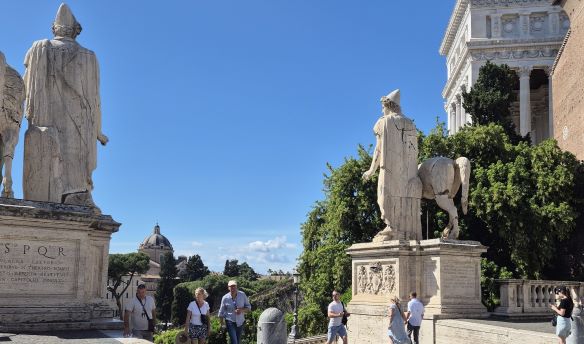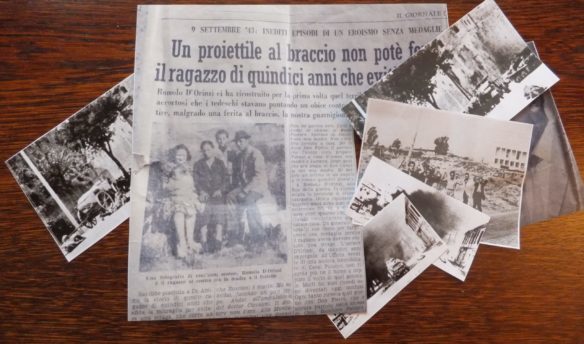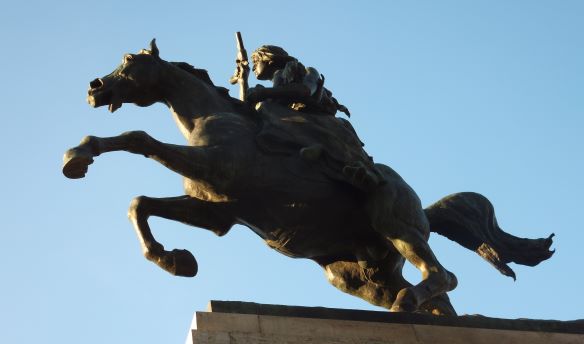Rome’s opera house is the site of memorials to two tenors: Beniamino Gigli and Nicola Ugo Stame.
In front of the opera house is an airy piazza. It was called Piazza Dell’ Opera until the late 1950s, when it was renamed Piazza Beniamino Gigli.

Beniamino Gigli was born in 1890 in the Marche region that borders the Adriatic coast, but he was a resident of Rome for many years.
After the death of Enrico Caruso in 1921, Gigli was regarded by many as Italy’s leading tenor. Sometimes called “Caruso Secondo”, he preferred “Gigli Primo”. Roles for which he became famous included Rudolfo in Puccini’s La Bohème and Andrea Chenier in Giordano’s opera of that name. He had a lyric tenor voice, lighter than Caruso’s, but performed dramatic roles to acclaim.
By the end of World War II, Gigli was perceived as Mussolini’s preferred tenor and a favourite of the German high command. His popularity suffered but he returned to the stage and concert halls, continuing to sing until his death in Rome in 1957.
On the wall of the opera house in Via Torino is a plaque honouring Nicola Ugo Stame. He was born in Foggia in southern Italy on 8 January 1908. The family was poor and his mother brought him up alone but, in the 1930s, his talent took him to Rome where he studied and sang at the opera house.
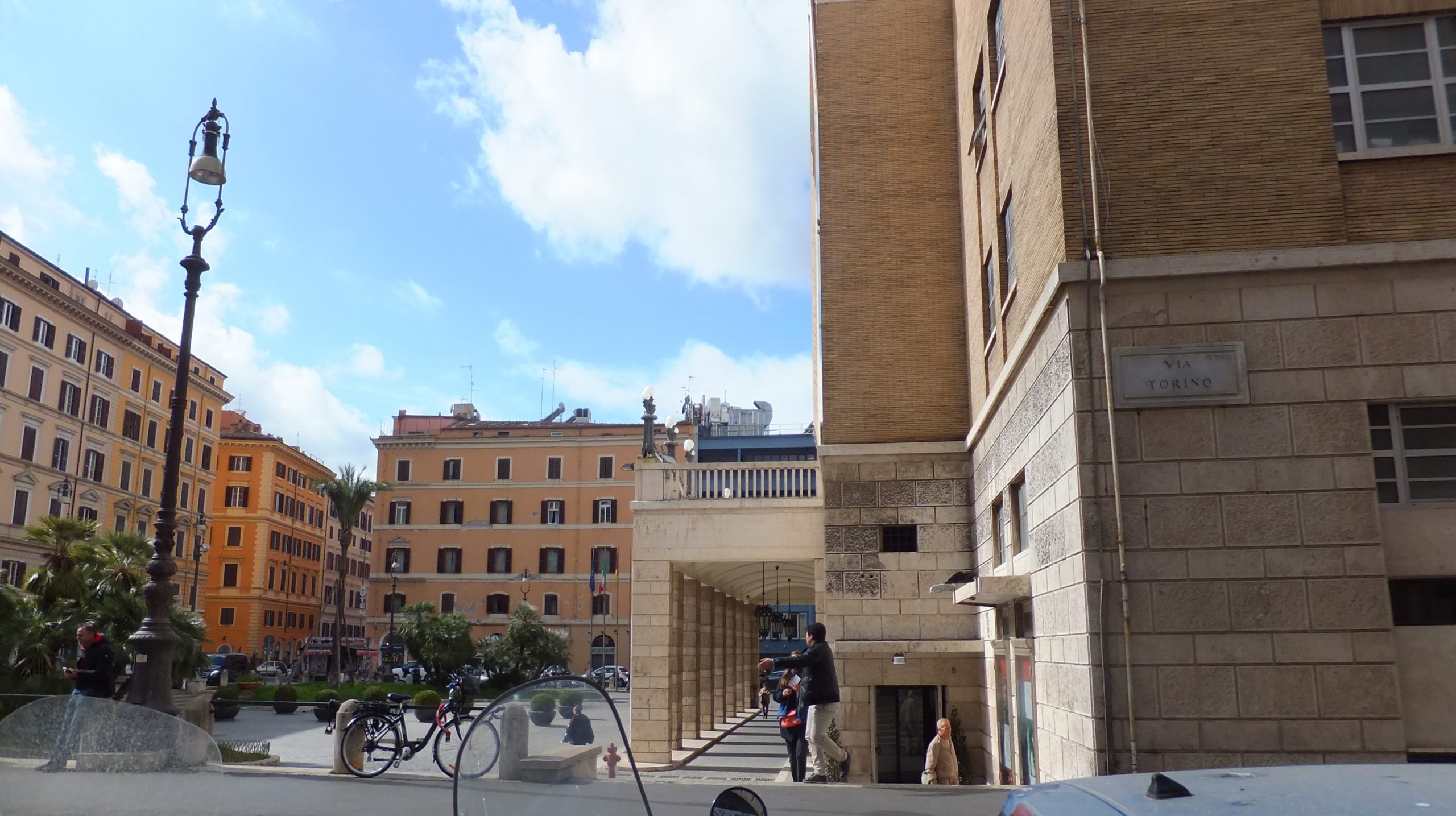
Nicola Stame refused to join the fascist party, although he knew that the penalty would be exile or imprisonment. In 1939, he was arrested at the opera house, whilst rehearsing the role of Calaf (the character who sings “Nessun Dorma”) in Puccini’s Turandot. He was imprisoned for several months for anti-fascist activity.
On his release, Stame resumed his singing career, although not at the opera house. His performances included the role of Cavaradossi in Puccini’s Tosca, at the Circo Massimo on 7 November 1939.
Under surveillance by the fascist regime, Stame had nonetheless been recalled to the Italian Air Force. He was in Rome when the German forces attacked in September 1943, and donned his uniform. He went to the barracks and, with comrades, drove away in a military vehicle full of weapons that they took to the Italian fighters. They fought against the German invaders and Stame was grazed by a bullet at Porta San Paolo but, once the German victory was evident, he escaped and joined the “Bandiera Rossa”, partisans outside of Rome.
Within the Bandiera Rossa, Stame was given the command of Zone I in the south of Rome. His unit had more than thirty men, and the commanders of each zone formed a citizens’ committee. During the first months of the German occupation, his role meant that he made several forays into Rome, sometimes managing to see his wife and children, who lived in Via dei Volsci.
By early 1944, the Germans had infiltrated many resistance and partisan groups. In January, Stame was recognised in Piazza Mignanelli (close to Piazza Di Spagna) and was betrayed to the Germans.
Stame was imprisoned initially in Via Tasso, the Gestapo headquarters in Rome. Coincidentally, he shared a cell with a teenager called Claudio Pica. Pica was soon released and, after the war, became one of Italy’s most popular singers, under the name Claudio Villa. Sometimes known to his fans as “Reuccio”, he won the Sanremo song festival four times: in 1955, 1957, 1962 and 1967.
After a summary trial in February 1944, Stame was convicted of partisan membership and was imprisoned in the third wing of Regina Coeli prison. This was the wing controlled by the Germans and it housed partisans, resistance members and anti-fascist political prisoners. The conditions were grim and food scarce but Stame had not been sentenced to death and might have hoped to survive the German occupation. He was popular with the other prisoners and tried to keep up their spirits by singing, often arias from Tosca.
The conflict in Rome between occupiers and resistance reached its height on 23 March 1944. One of the resistance groups hid a bomb in a dustcart in Via Rasella, waiting for the daily march past of the 2nd Battalion of the Bozen regiment. The bomb exploded, killing more than thirty German soldiers.
The German command sought revenge, ordering ten Italians to be killed for each German death. On 24 March 1944, Stame was one of more than three hundred Italians taken to the Ardeatine Caves on the outskirts of Rome and executed.
Nicola Stame’s family received a telegram from the SS, typed in German, notifying them of his death.
After the war, a small number of his personal effects were retrieved from the Ardeatine Caves. They included the tuning fork that he always carried with him.
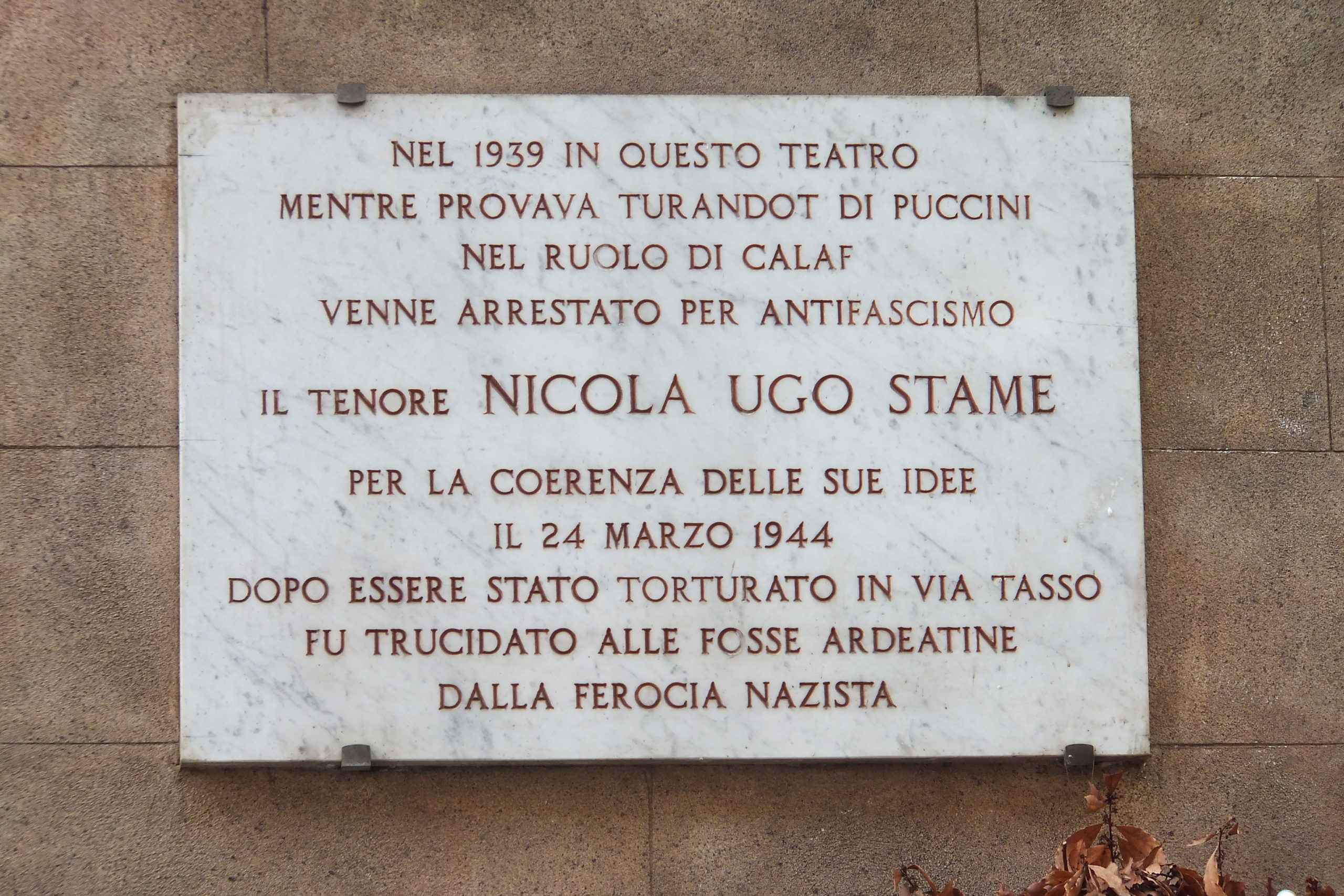
Il Tenore Partigiano by Lello Saracino tells the story of Nicola Ugo Stame and his family.


